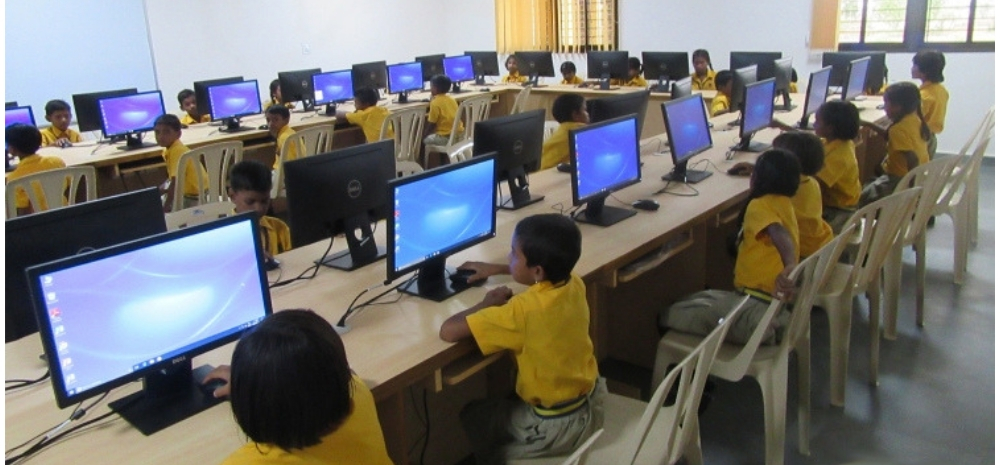State Of Online Education: Only 22% Indian Schools Had Internet During 2019-20!

According to the Education Ministry data released on Thursday, amid the closures due to the pandemic caused due to the virus, only 22% of schools in India had Internet facilities.
The stats for government schools is more abysmal, with less than 12% having internet and less than 30% having functional computer facilities.
The entire gamut of online education has affected not only the kind of digital education options available to schools during the pandemic but also shall play a role in making plans for hybrid learning in the days ahead.
The Unified District Information System for Education Plus (UDISE +) report compiles data from more than 15 lakh schools across the country. When the first wave of COVID-19 entered India in early 2020, schools were closed in mid-March, a few weeks before the end of the 2019-20 academic year. The majority of the country’s 26 crore schoolchildren have not stepped into school since then, depending on the different types of grade education.
The Lack Of Necessary Infrastructure
The availability of the digital education is largely dependent on the fact that whether or not the schools, teachers and parents had access to the necessary infrastructure. The digital education happened over live, synchronous teaching on apps like Zoom, or through recorded lectures, emails, WhatsApp or educational apps.
In many states, the situation was such that teachers would come to school and address a class using their blackboards and lab facilities, while students sat at their homes and used a computer screen for the lessons.
According to the data of UDISE+, not in all states is the situation so dire as the states like Kerala and many Union Territories, more than 90% of schools, both government and private, had access to working computers.
Installation of computer facilities in most government schools in the states such as Chhattisgarh (83%) and Jharkhand (73%) paid off. In the states Tamil Nadu (77%), Gujarat (74%) and Maharashtra (71%) the computer availability was higher for private schools than in government schools.
Schools On the other side of The Digital Divide
Less than one in five schools in the states such as Assam (13%), Madhya Pradesh (13%), Bihar (14%), West Bengal (14%), Tripura (15%) and Uttar Pradesh (18%). The situation is precarious in the states like U.P., where less than 5% of the government schools have the necessary infrastructure.
The connectivity divide is even starker. Only three States — Kerala (88%), Delhi (86%) and Gujarat (71%) — have Internet facilities in more than half their schools. This will make it hard for most schools to implement the options for hybrid learning as schools try to re-open with staggered attendance post the pandemic.
More encouragingly, 90% of schools across the country have facilities for handwashing, which will gain added importance as they implement COVID-19 safety protocols while reopening. More than 80% of schools conducted medical check-ups during the year before the pandemic. Temperature testing and monitoring of symptoms need to become a daily activity, according to the Centre’s heath protocol for schools wishing to reopen.
With 98% of the students enrolled in 2019-20, the Gross Enrolment Ratio (GER) improved for students in Classes 1-8 attending school. However, for secondary and senior secondary students the GER stood at 78% and 51% respectively. With experts warning that dropouts are likely to surge due to the pandemic, the dropout rate at secondary level was 17% in 2019-20.

Comments are closed, but trackbacks and pingbacks are open.